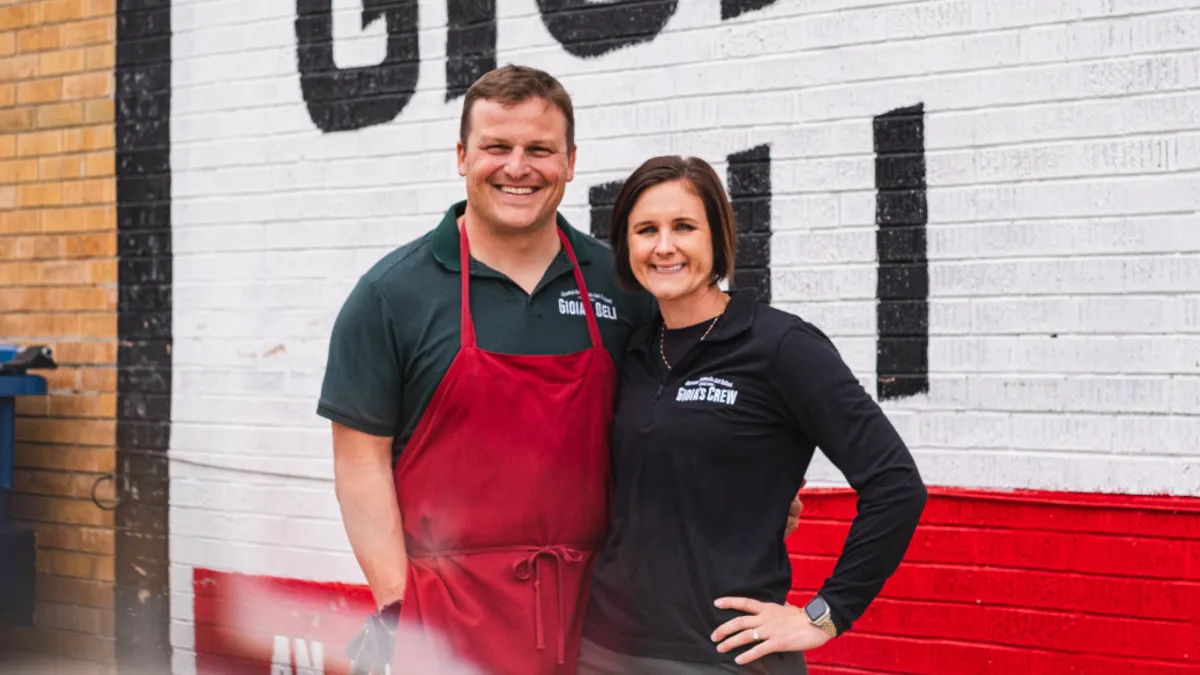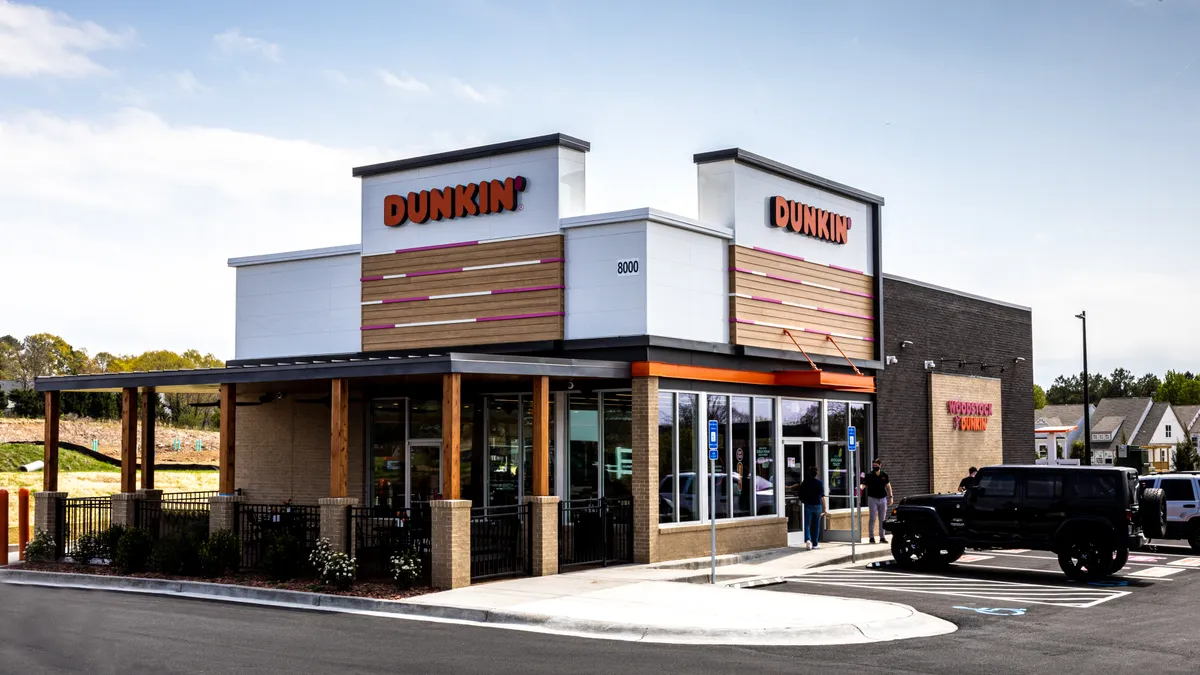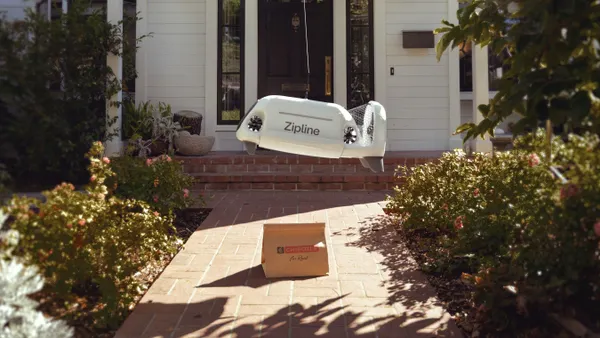Restaurant owners entered 2025 feeling optimistic, according to data from the 2025 Square Future of Restaurants report. With costs rising and time more valuable than ever, they’re exploring new strategies for operations, guest experiences, and revenue.
Investing in technology
Three in four owners said they spend more time on operations than they did a year ago, with strategy, management, and marketing/social media at the top of the list. Most (85%) said they plan to invest in technology to lessen the load.
Vernon Lindholm, co-founder of Offset Coffee, uses software to help manage payroll.
“With Square Payroll, the team has the Square Team App, where they can make timecard adjustments if they forgot to clock in or clock out. All payroll is run seamlessly through that. And on the back end, we don’t have any issues with our team getting paid,” Lindholm said.
Meeting customer expectations
Many restaurants offer discounts, which generally improve diner experiences but raise expectations. This presents a challenge for restaurant owners, as 73% planned to increase prices in the next 12 months to offset rising costs.
To stay profitable while offering a good deal, restaurants need data. Robust analytics tools can show what’s working and what’s not, so owners can make decisions on price adjustments.
Automating Tasks
More than 75% of restaurant owners believe AI and automation will improve things like inventory management, payments, and marketing. About one-third agreed that technologies like kiosks and kitchen display systems (KDS) boost productivity and reduce ordering time.
But more than a quarter of consumers didn’t want restaurants to use any form of automation at all.
Savvy owners will have to find ways to automate without losing the human touch. A KDS, for example, can speed up order processing and free up staff to engage with customers.
Adding loyalty programs
Data from our survey show loyalty programs are essential. Eighty-three percent of restaurant leaders with loyalty programs have provided a return on investment through larger orders and repeat visits.
TokyoTaco co-founder Jordan Hajek believes that delivering an experience the community craves is crucial for a successful loyalty program.
“You really need to concentrate on building that local customer base and understanding who they are, what they want, where they come [from] … and build connections with them,” advised Hajek.
Introducing new revenue streams
The majority (76%) of owners believed that expanding retail or service offerings could unlock new revenue streams — and customers are on board. About 51% purchased at least one of these new offerings last year.
Owners are experimenting with a variety of products, from take-home sauces to branded apparel. Some even promote themed event nights.
Offering more ordering and payment options
Overall, consumers want ease and simplicity, with 59% saying they may never return to restaurants with complicated ordering and payment experiences.
At Oakberry Açaí, self-service kiosks have helped streamline the ordering process while increasing average check sizes.
“Ordering through Square Kiosk means customers can build their açaí bowl exactly to their own tastes,” said General Manager Maverick Bides. “We’ve also seen shorter lines, less waste, and an increase in the average order, because it’s so fast and easy for customers to add on extra items, like a coconut water or an Oakbar.”
Deciding on fees
Like businesses, customers are cutting spending. About 63% of diners said they’ve made fewer restaurant purchases in the past 12 months. While they understand prices will go up, more than half of the surveyed diners didn’t want to pay credit or debit card usage fees, kitchen appreciation fees or living wage surcharges, and minimum tip settings.
Over a third of restaurants surveyed charge these fees, which they said are necessary to offset rising costs and sometimes even for regulatory reasons.
This highlights the need for better communication between restaurants and customers. Clearly communicating why fees exist (on menus, websites, or receipts) can improve customer perception and reduce pushback. As competition for diners’ dollars grows, maintaining trust will be critical.
Building a thriving restaurant business
Restaurants want to drive sales, save time, and respond better to evolving customer preferences — and with the right approach and technology, restaurants can boost their competitive advantages. For operators looking to stay ahead, 2025 is the year to embrace change, invest in smarter solutions, and craft experiences that keep customers coming back for more.
Want to dive deeper into the data? Download the 2025 Square Future of Restaurants report.










